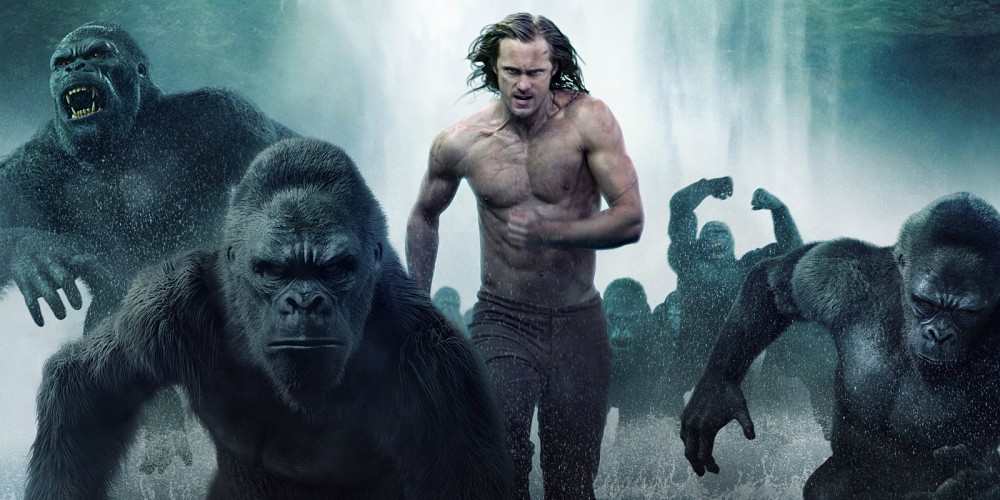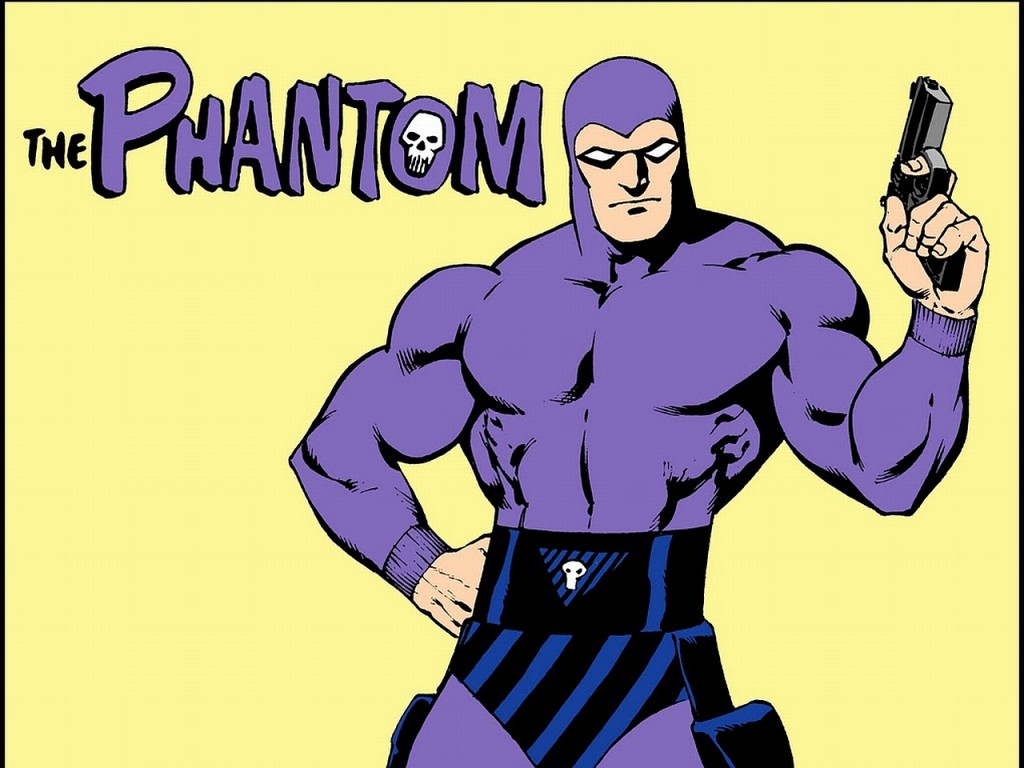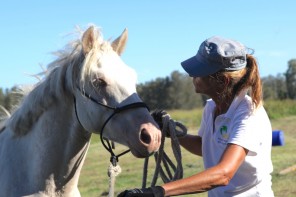Jungle wisdom was an essential quality for Robert Drewe’s childhood heroes, but it’s a quality in decline for his all-time favourite…
Growing up as a comic book and film fan, my favourite characters weren’t those big-city super-heroes, Superman or Batman. And certainly not Spider-Man or others of that lesser heroic ilk. My preferences were two monosyllabic fellows who relied not on super powers but on jungle wisdom: Tarzan and the Phantom.
Raised deep in the rainforest, revered by local indigenous peoples and good with animals, Tarzan (alias John Clayton, Lord Greystoke) and the Phantom (alias Kit Walker and The Ghost Who Walks), brought a fierce integrity to their tropical lifestyles.
It was an integrity not followed, incidentally, by the makers of Phantom skull rings whose product, promoted on the comics’ back covers, did not, I discovered, leave a lifetime’s indelible mark on human flesh as advertised. Nor were the skull’s eyes real rubies.
However, in the Phantom’s case I was impressed by the message that 400 years ago on a remote Bengali beach a man had sworn on the skull of his father’s murderer to fight the pirates that had killed his dad. Moreover, that every Phantom since had begotten an evildoer-fighting son keen to wear a mask and purple bodysuit in an equatorial climate and to become the current Phantom rather than a telemarketer or a private equity manager.
That the Phantom still thrives in comic strips today, 80 years after his invention by the artist Lee Falk (also the creator of Mandrake the Magician), is testament to his power and — whenever he left the jungle for the big city — to the odd general incuriosity about the mask and purple hood peeping from his alter ego, Mr Walker’s check overcoat, hat and sunglasses.
But the bigger mythmaker for me was Tarzan, who has been swinging from vines ever since Edgar Rice Burroughs’ first novel, Tarzan of the Apes, in 1912, and the silent movie of the same name in 1918, where the chunky actor Elmo Lincoln portrayed him in off-the-shoulder animal skins. (The Tarzan yell couldn’t catch on, however, until the talkies, when Johnny Weissmuller played him.)
Burroughs (1875-1950) would go on to write 38 Tarzan books, which were turned into 50 Tarzan feature films, 11 TV adaptations, five animated movies and seven documentaries. Tarzan has also appeared in comic strips since 1929. Twenty-one actors have portrayed the Ape Man, the most famous being Weissmuller, the former US Olympic swimming gold medallist. Even an Australian, the former Calvin Klein underwear model, Travis Fimmel of Vikings fame, played him in a 2003 TV version.
The Tarzan myth began for me one youthful day when I felt too old for children’s books any longer, and before the existence of what are now called Young Adult novels. I picked up a copy of Tarzan the Untamed, in which Tarzan is fighting Germans in World War I Africa. As I flipped through the book it fell open at a certain page, as the saying goes.
“Numa the lion’s growls increased to roars as he drew back, ripping the front of the girl’s blouse almost from her body with his long talons, exposing her white bosom, which through some miracle of chance the great claws did not touch…
“Tarzan saw her naked breasts where Numa had torn her clothing from her and dangling there against the soft, white flesh he saw that which brought a sudden scowl of surprise and anger to his face — the diamond-studded, golden locket of his youth — the love token that had been stolen from the breast of his mate by Schneider, the Hun.”
In my defence, I was 12 or 13. As a boy who’d stopped reading books because there was nothing to engage me, I was saved as a reader by Tarzan. Whew. Lions. Huns. Treasure. Naked breasts. This book had everything.
As a new Tarzan film always arouses interest I was pleased to see the latest offering, The Legend of Tarzan, on TV last week. Well, Tarzan is now a lean blond, played by the Swedish actor Alexander Skarsgard, previously a vampire in True Blood. No more overweight Ape Men like Elmo Lincoln and the latter-day Johnny Weissmuller: this Tarzan has a six-pack.
Jane, too, was a revelation. As played by the latest Australian Hollywood success story, Margot Robbie, once of Neighbours, she makes the feistiest, sportiest Jane so far.
But the movie disappointed. Tarzan has become a computer-bolstered super-hero, no longer just a strong but vulnerable human with hairy foster parents and a dating history best not thought about. He defeats 50 warriors at a time. He runs up vertical trees. He jumps off 100-metre cliffs. And when he swings on a vine it carries him ten kilometres. He might as well be Spider-Man.






